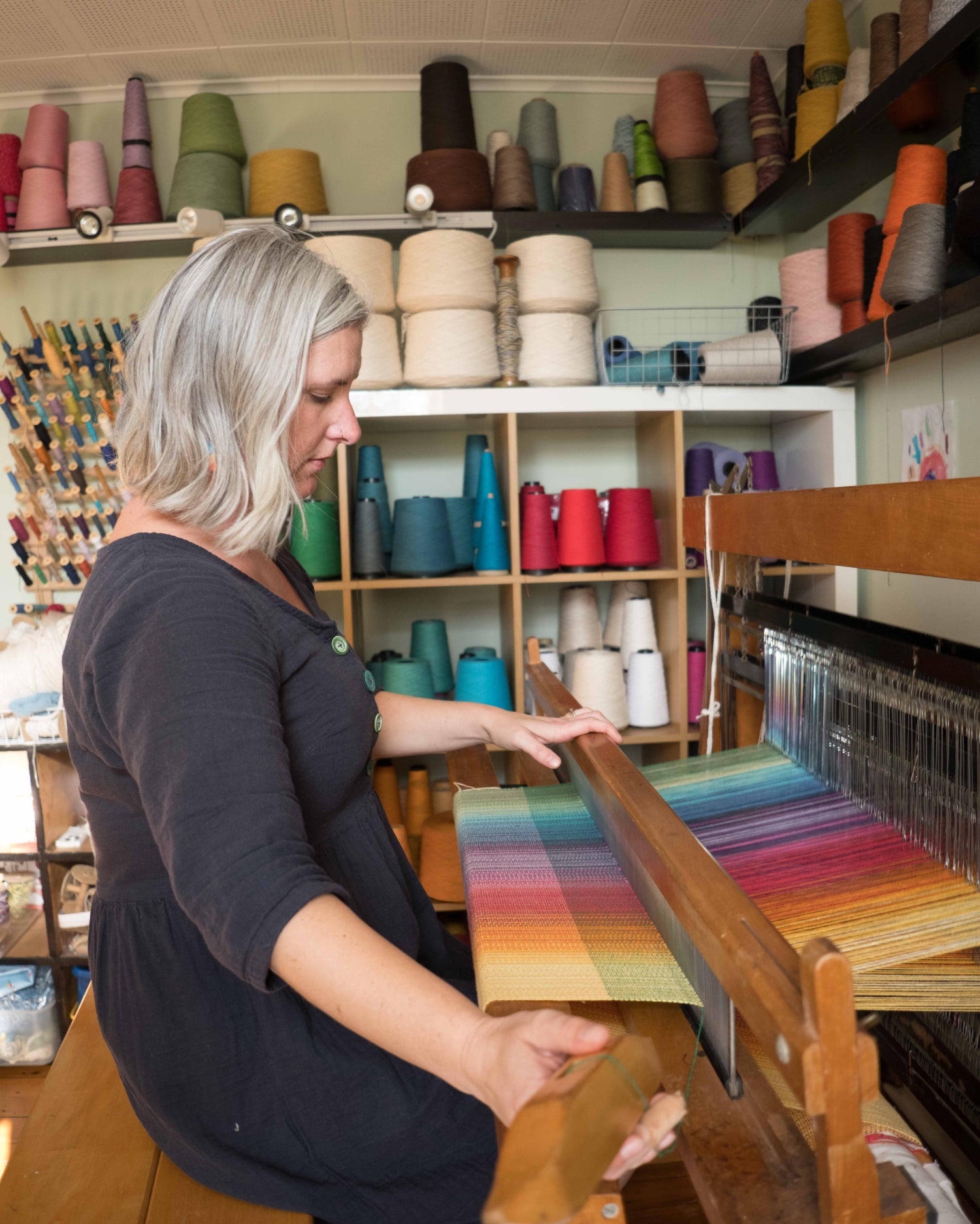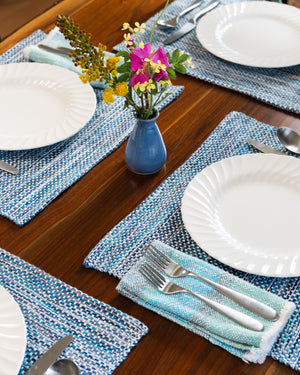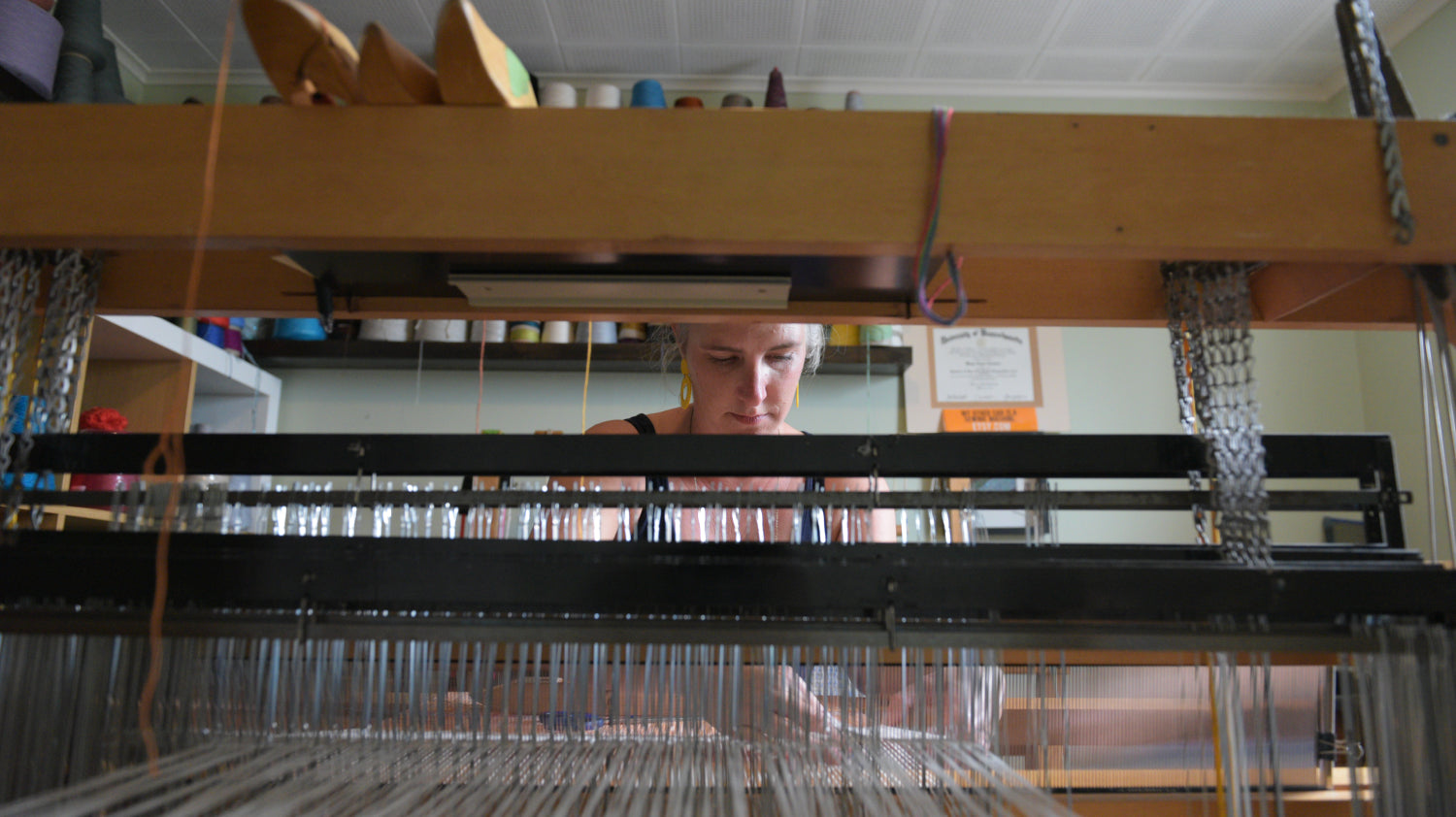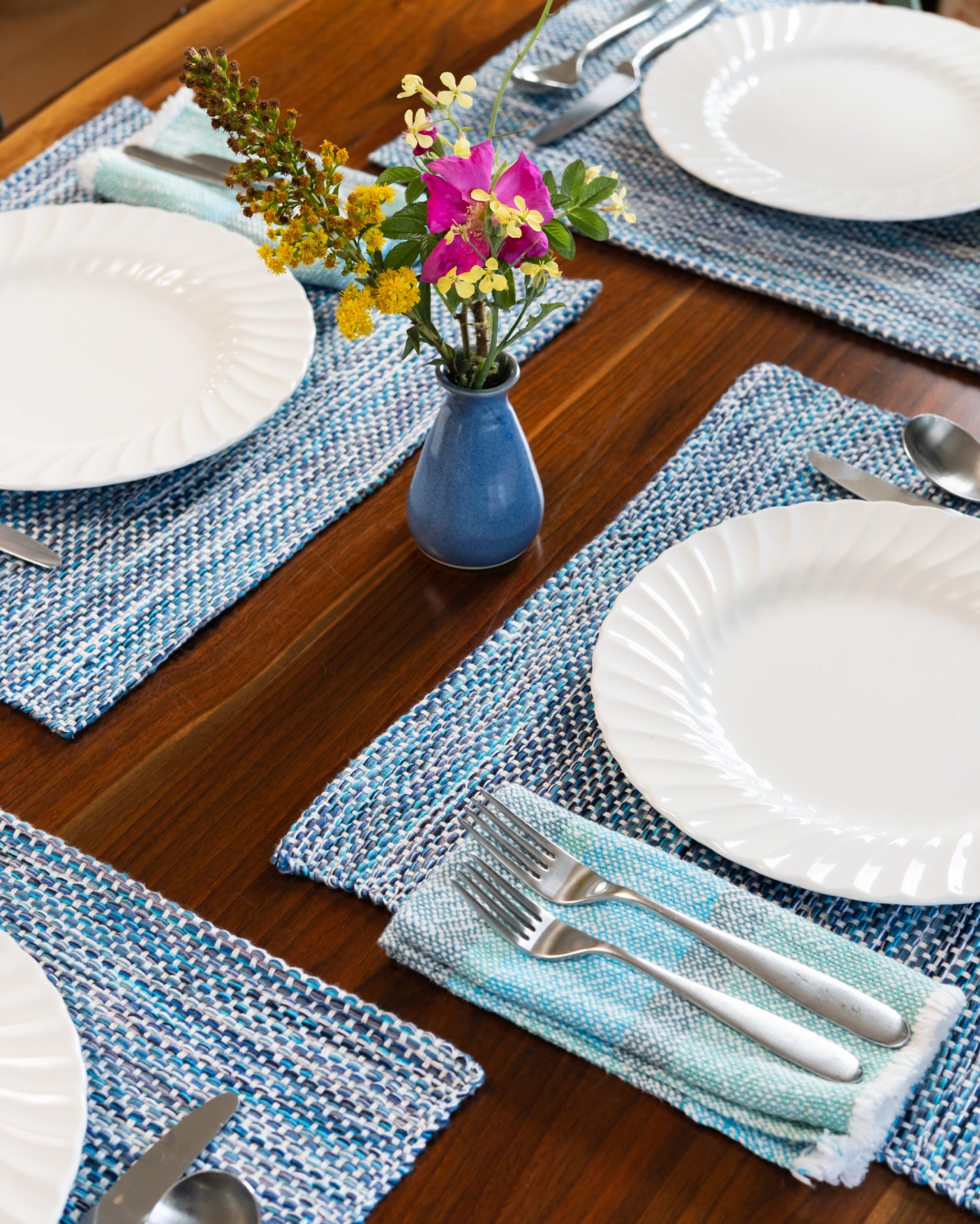The weaving loom stands as a timeless symbol of craftsmanship, weaving together threads of tradition and innovation to create stunning textiles. But how exactly does this intricate machine work its magic? Let’s take a closer look at the inner workings of a weaving loom, unlocking the secrets behind this ancient craft.
Understanding the Basics of a Weaving Loom
At its core, a weaving loom is a device used to interlace two sets of yarn or threads – the warp and the weft – to create fabric. The warp threads are held taut vertically on the loom, while the weft threads are woven horizontally across the warp to form the fabric. This simple yet ingenious process forms the foundation of weaving.
The Components of a Weaving Loom
1- Frame or Structure
The frame of a weaving loom provides support and stability for the weaving process. It may be made of wood, metal, or other materials and comes in various sizes and configurations.
2- Warp Beam
The warp beam holds the warp threads under tension and allows them to be wound onto the loom. It typically sits at the back of the loom and can be rotated to adjust the tension of the warp.
3- Heddles
Heddles are small wire or string frames that hold the warp threads in place and control their movement during weaving. They are attached to a harness or shaft, which raises and lowers them to create shed (the opening through which the weft thread is passed).
4- Shed
The shed is the space created between the raised and lowered warp threads. It allows the weaver to pass the weft thread through the warp easily.
5- Shuttle or Weft Carrier
The shuttle or weft carrier holds the weft thread and carries it through the shed, from one side of the loom to the other. It may be a simple wooden shuttle, a flying shuttle propelled by a mechanism, or a modern device such as a rapier or air-jet.
6- Beater or Reed
The beater or reed is a comb-like device used to pack the weft threads together tightly after each pass. It ensures that the fabric is woven evenly and compactly.
The Weaving Process
1 - Warping
The process begins with preparing the warp, which involves measuring, winding, and threading the warp threads onto the loom's warp beam and through the heddles.
2 - Setting the Warp
Once the warp threads are in place, they are tied to the front and back of the loom and wound onto the warp beam, creating tension.
3 - Weaving
With the warp set and tensioned, the weaving process can begin. The weaver raises and lowers the heddles to create shed, passes the weft thread through the shed using the shuttle or other carrier, and then beats the weft into place with the beater or reed.
4- Repeating the Process
The weaving process is repeated row by row, with each pass of the weft creating a new row of fabric. By changing the pattern of the heddles and the sequence of the weft threads, a wide variety of intricate designs and patterns can be created.
A weaving loom is a marvel of engineering and craftsmanship, transforming simple threads into beautiful textiles with precision and artistry. Understanding the components and process of weaving opens up a world of creative possibilities, allowing artisans to explore the rich tradition of weaving while pushing the boundaries of innovation. Whether you're a seasoned weaver or just beginning to explore this ancient craft, the weaving loom remains an indispensable tool for bringing imagination to life, one thread at a time.




